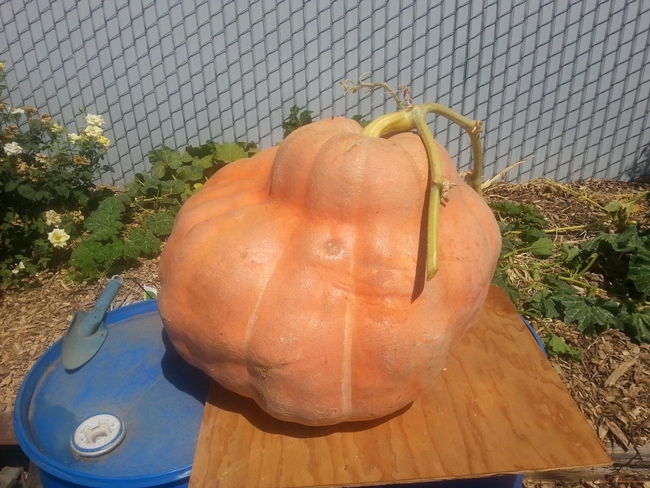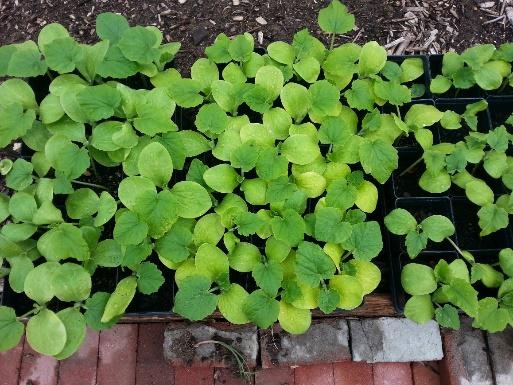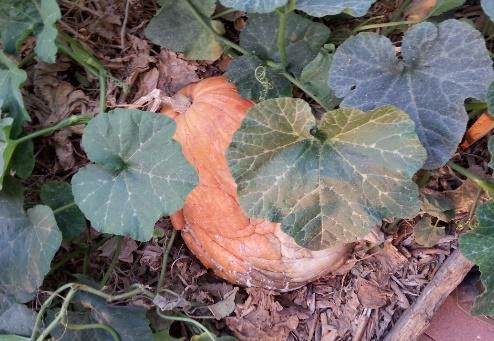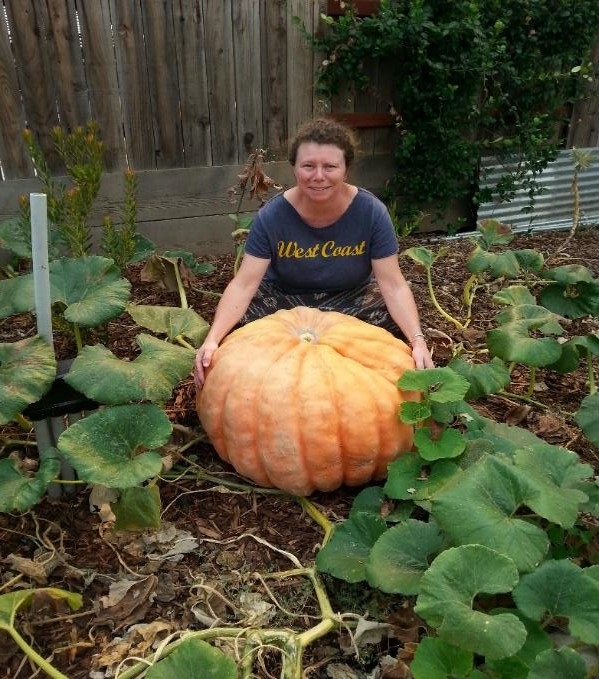- Author: Morris Lacey, Master Gardener

However, some of us are hurting – failing to produce a single fruit on our vine (or even worse, we didn't even get the vine to take off). Where did we do wrong? What were we thinking? Let's revisit the steps we need to accomplish to make it happen next year. No time like the present since it is fresh in our minds.

Okay, so you didn't face that issue and your plant took off like a banshee. Great! Unless you didn't plan for the growth a pumpkin vine will expend to make fruit. Each plant may need 100 square feet to capture the available sunlight and convert it into the goodness we call pumpkin. And the more fruit on each vine, the more vine needed to produce a pumpkin of Jack-o-Lantern quality and size.

Other things can happen during the summer while the pumpkin plant and fruit grow in size: sizzling hot days can lead to both over watering and under watering (both of which can lead to the demise of the plant), invertebrate pests usually arrive late in the season or when the plant has suffered too much stress, vertebrate pests may eat through the roots or pop up right under the fruit (both damages will be unforgiving to the pumpkin). And while they thrive in full sun, it is important to have plenty of air flow so they may maintain their “cool” as they move nutrients through the plant and molecularly incorporate them into future pie-making 
If you have made it past all these challenges, you should have at least one winner of a pumpkin plant with plenty of fruit to do with as you see fit. This might be where you think back and say “Why didn't I scribe my grandchild's name into the fruit when it was small so I could impress the little one with a personalized Jack-o-Lantern. (The scar created grows with the plant and is always a winner for the children.) Truth be known, pumpkins can be kept in a cool dry area for months and used as you need for breads, butters, jams, pies, and many other things to consume, in addition to their use as fall decoration.
One last critical concern – when harvesting the fruit, leave 3” to 4” of the stem on the fruit, place the fruit on its side to let the bottom (yellow spot) be in the sun for a few days to orange-up, and take special care not to poke the fruit with anything sharp! This last issue will render the fruit “consumable,” meaning that if you don't consume it right then (can it, cook it, freeze it, or soup it) Mother Nature will take it back one way or another. Don't let that happen!


